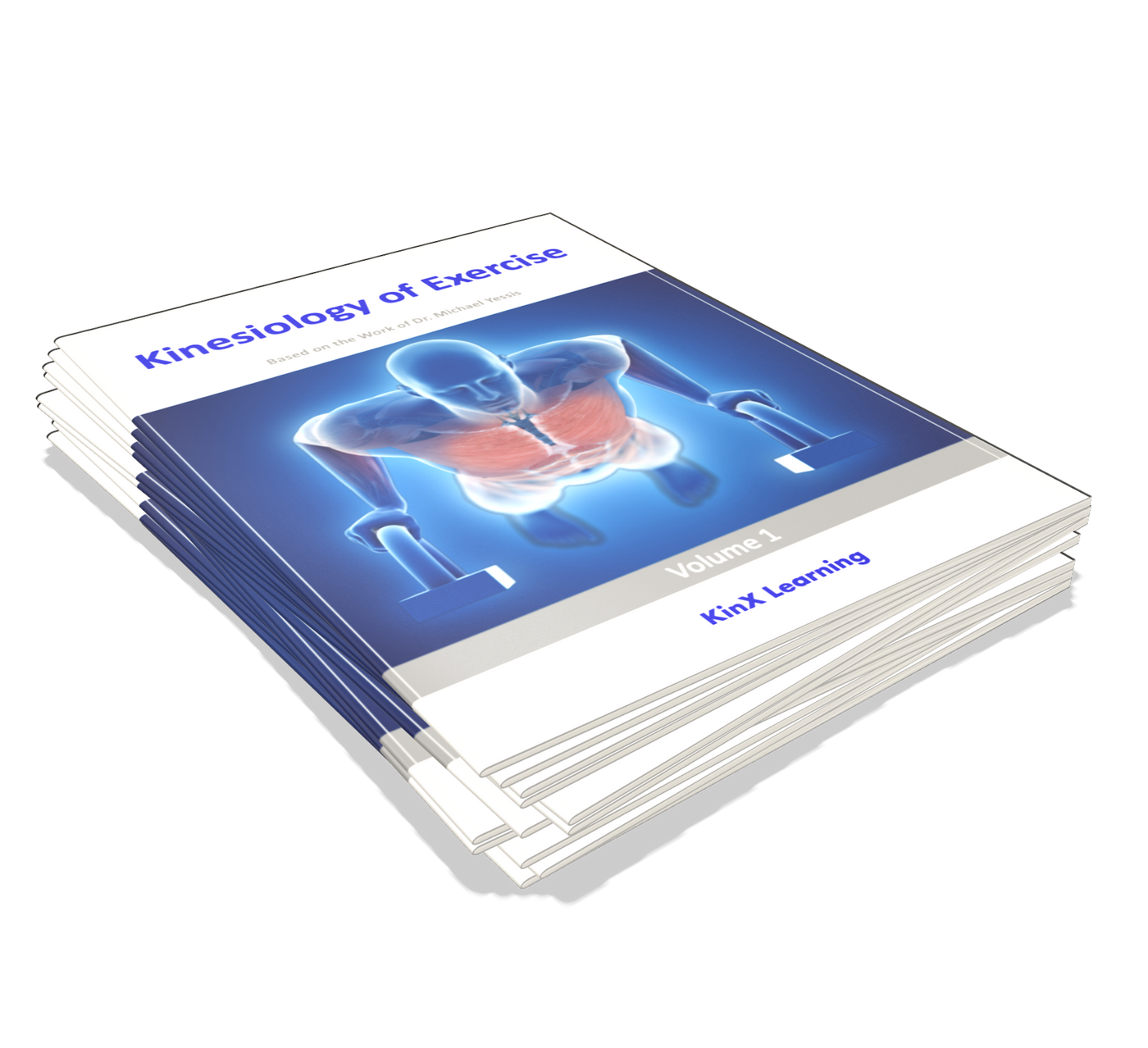Exercise Anatomy
Back Raise With a Twist
Many athletes, bodybuilders, and fitness buffs believe that trunk rotation is the sole function of the abdominals. This is only partially true and only when the movement is in a forward direction. When you twist backwards, which occurs not only in many sports, but in many common everyday activities, you use the erector spinae muscles of the lower back. Thus, to fully develop this muscle in its rotary action, do the back raise with a twist exercise.

Major Muscles and Actions Involved
The same as for the back raise. In this exercise there is also shoulder rotation to the rear which uses the same muscles but in a rotary action.

Sports Uses
In addition to the sports uses listed in the section on the back raise, the backward twisting movement after the back raise can give an even a greater ROM in forward trunk rotation as occurs throwing and hitting actions. Developing the backward rotational action of these muscles creates a stronger stretch of the abdominal oblique's. It also helps to provide greater stability and movement potential in the midsection.
Exercise Analysis
- The main value of this exercise lies in the twisting. Because of this it is not necessary to always go to the lowermost position. When the muscles are stronger, that is, you have strengthened the erector spinae muscles sufficiently, you can hold yourself level (horizontal) and then twist alternately to the right and left.
- When doing this it is important that you maintain your body in a straight line position, similar to the Russian twist. However, for many people it is more convenient to do a back raise together with the twisting or a combination of both holding and rotating in between each repetition.
- Use a long, straight pole to do this exercise. The pole must be long enough to keep your arms out in a straight line with your shoulders. (Do not use a short broomstick) When you have a long lever like this, you can rotate fully through a full range of motion.
- In doing this exercise, your gluteus maximus and hamstrings will be strongly contracted to stabilize your pelvic girdle. For greater stabilization, it is important to keep your pelvic girdle directly on the seat. If your pelvic girdle extends over the seat, then part of the rotation will be in the hip joints rather than isolated in the waist.

Want to Learn More?
Try our premium ebooks in the kinesiology of exercise. Satisfaction guaranteed.
